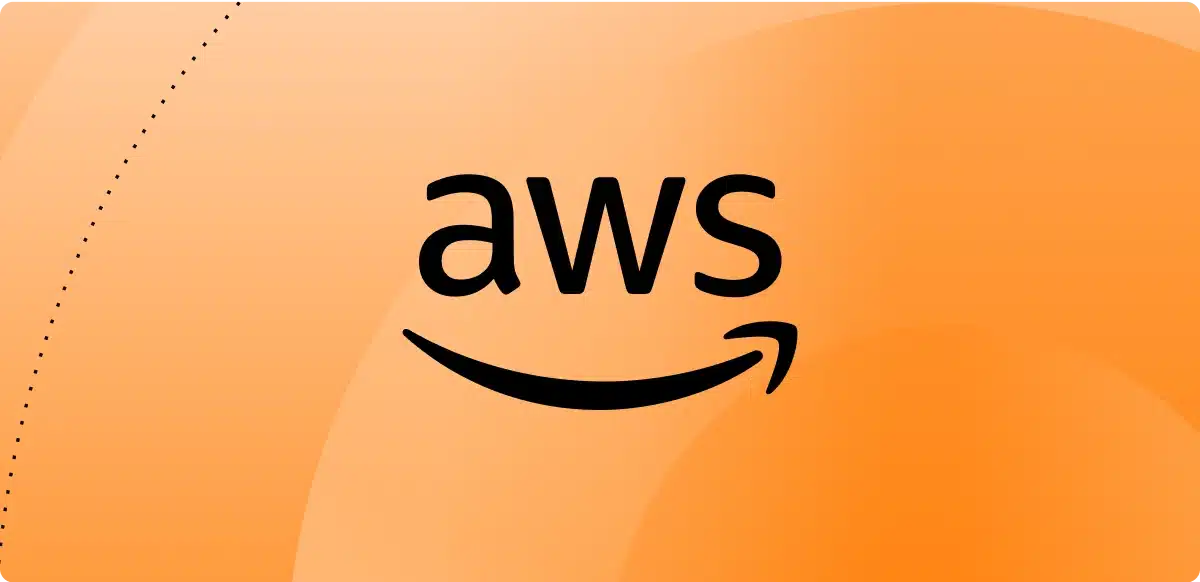
Accelerate your AWS cloud migration journey
Learn MoreHear what industry-leading firms are saying about vFunction’s platform, products, and solutions and how they can impact your business.
The Precipice of Building Highly Performant Software Systems DZone surveyed software developers, architects, and IT professionals worldwide to uncover the latest trends in observability adoption in 2024. What’s Inside In [...]
Get Modernization Reimagined—your source for expert insights on modernization, GenAI, and architecture.
Accelerate engineering velocity, boost application scalability, and fuel innovation with architectural modernization. See how.